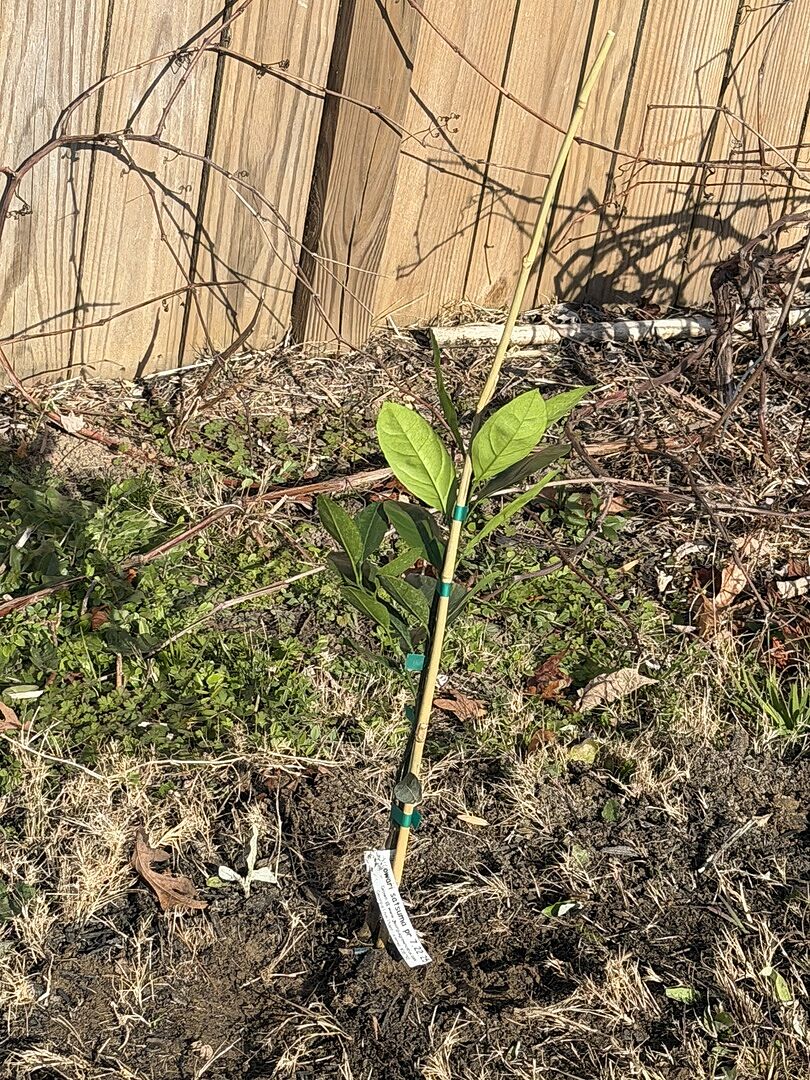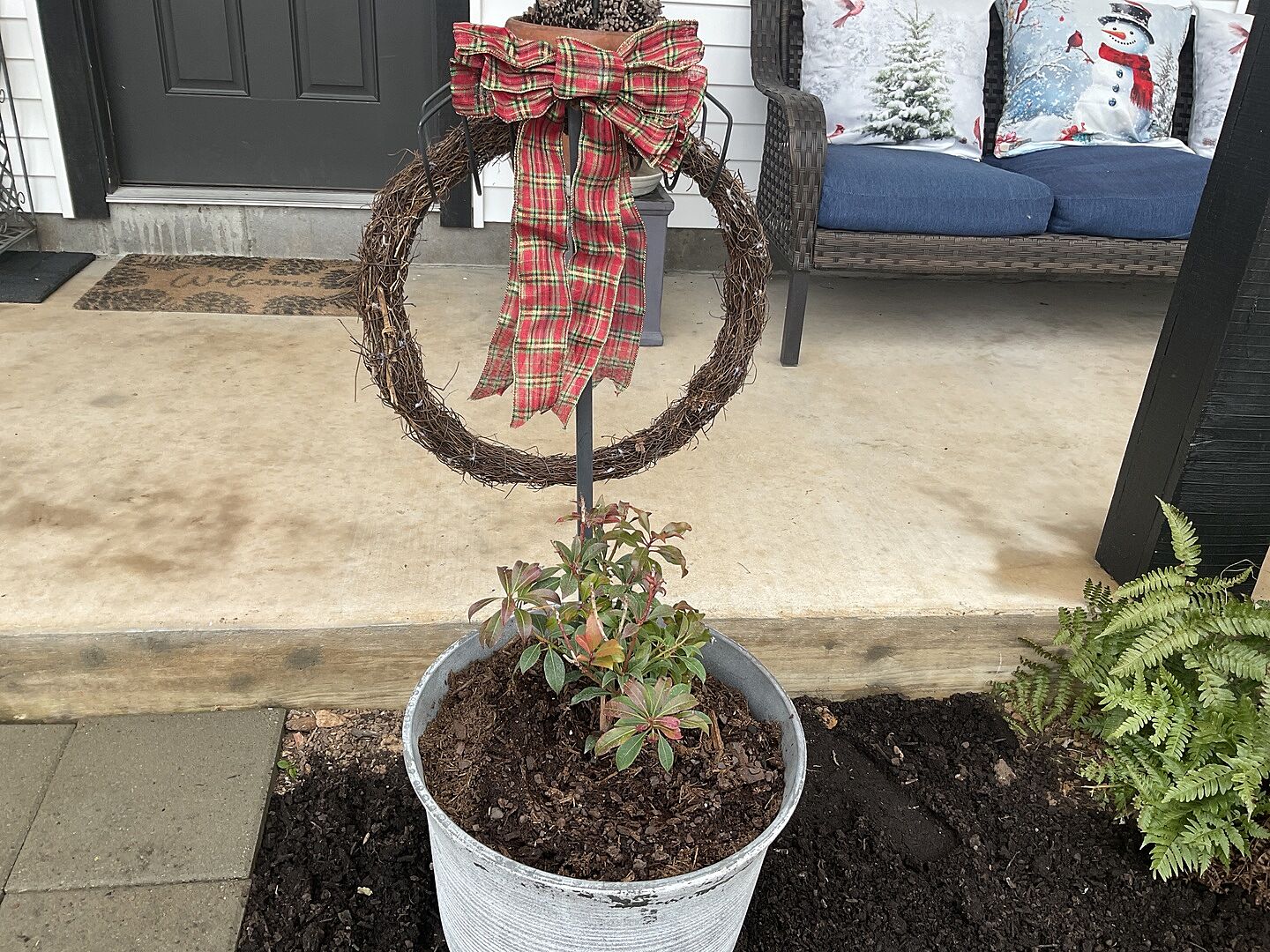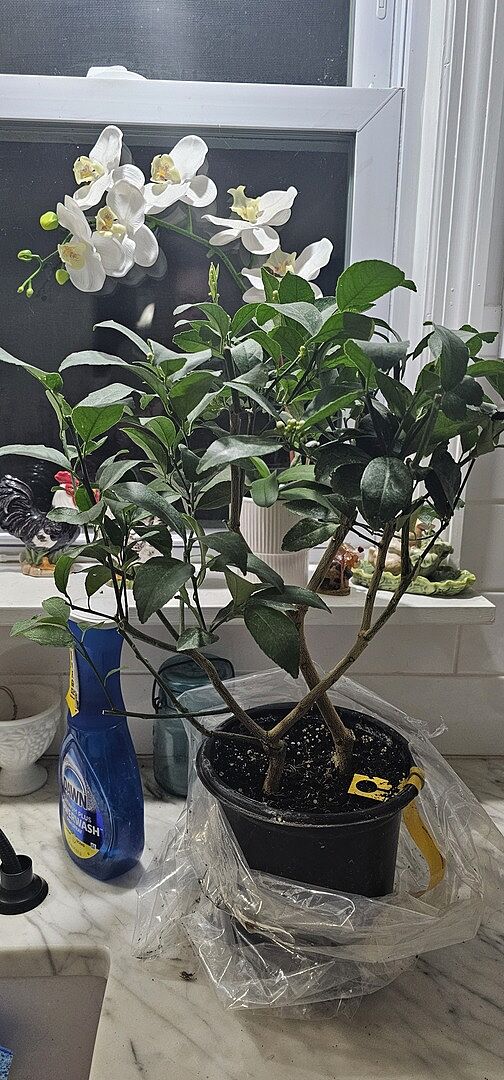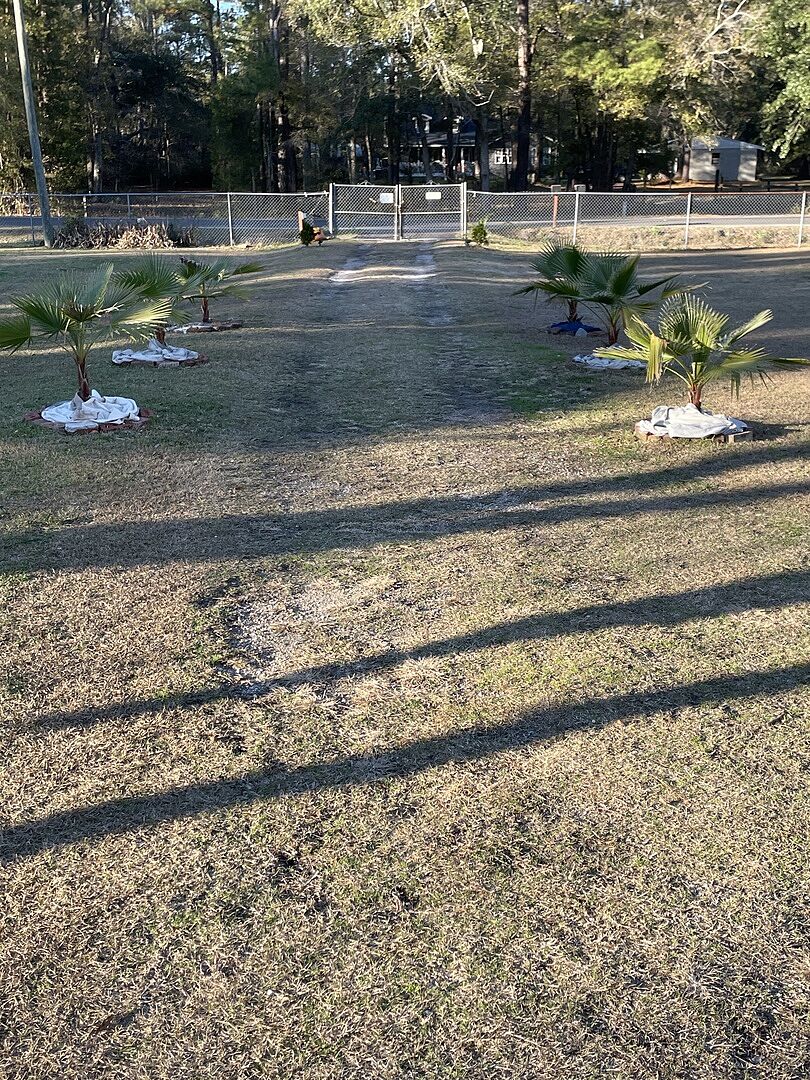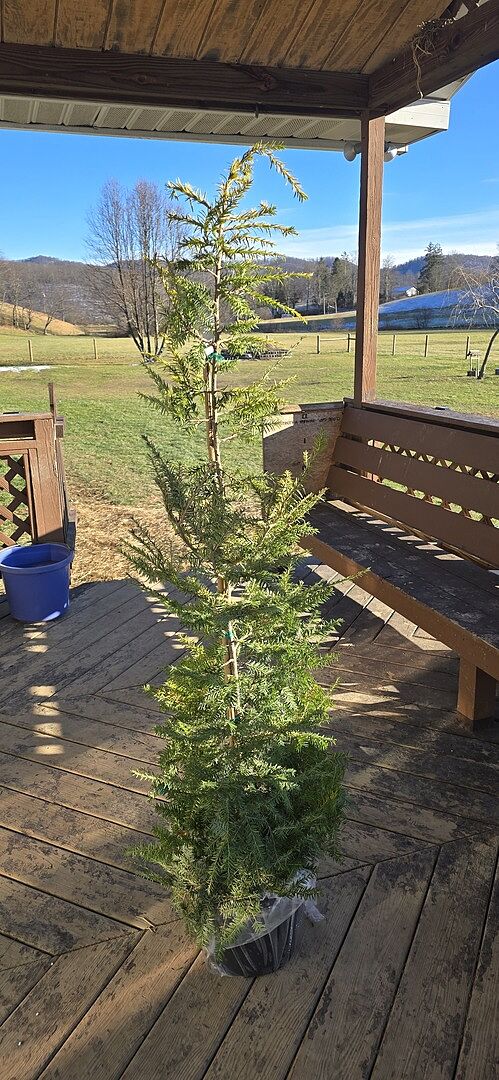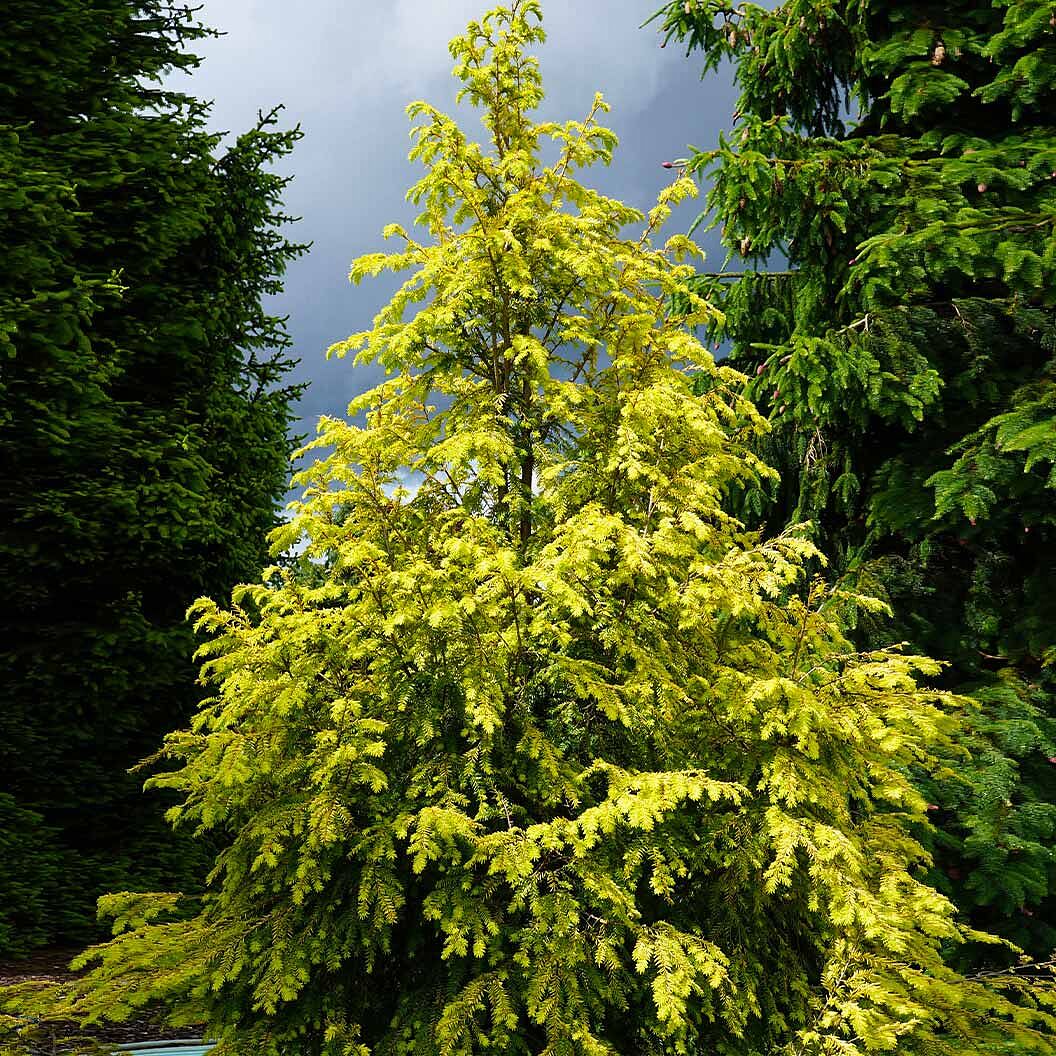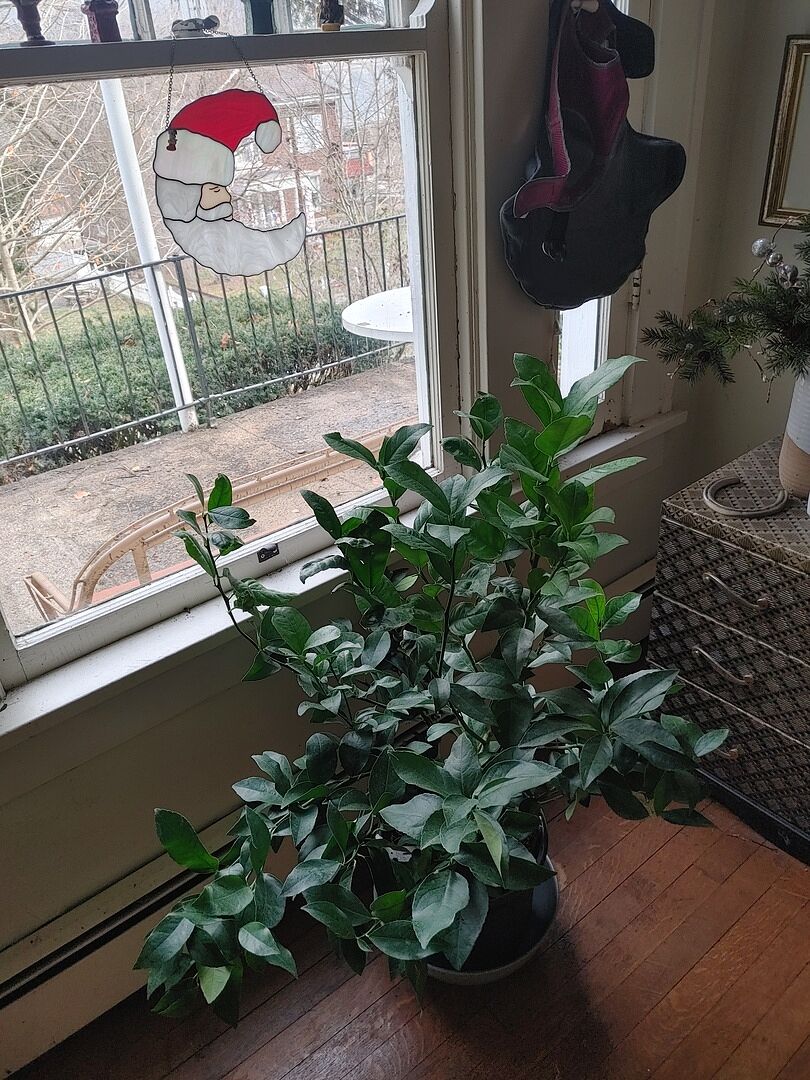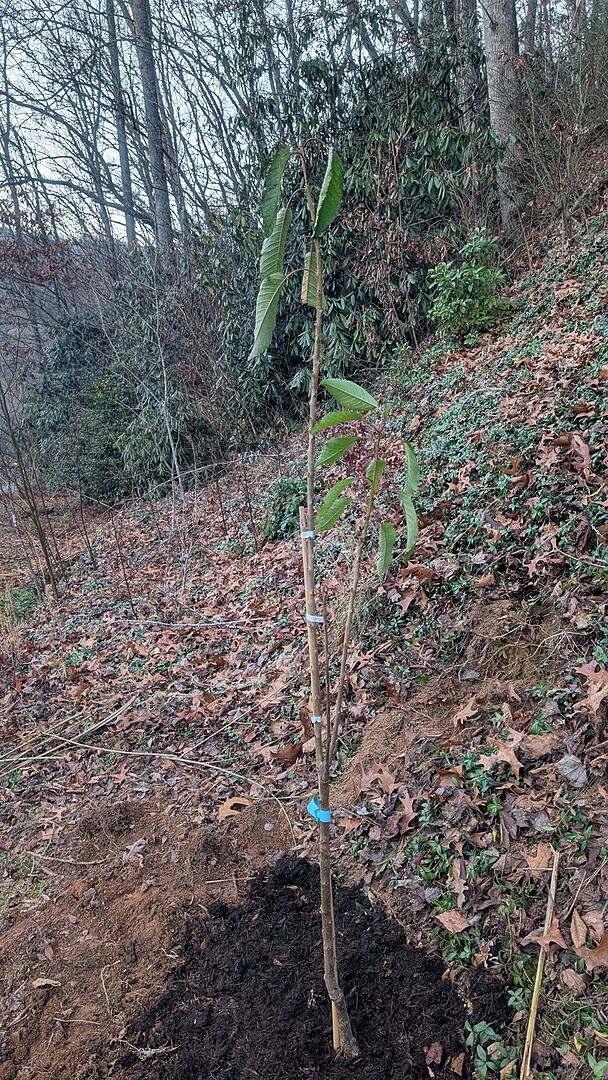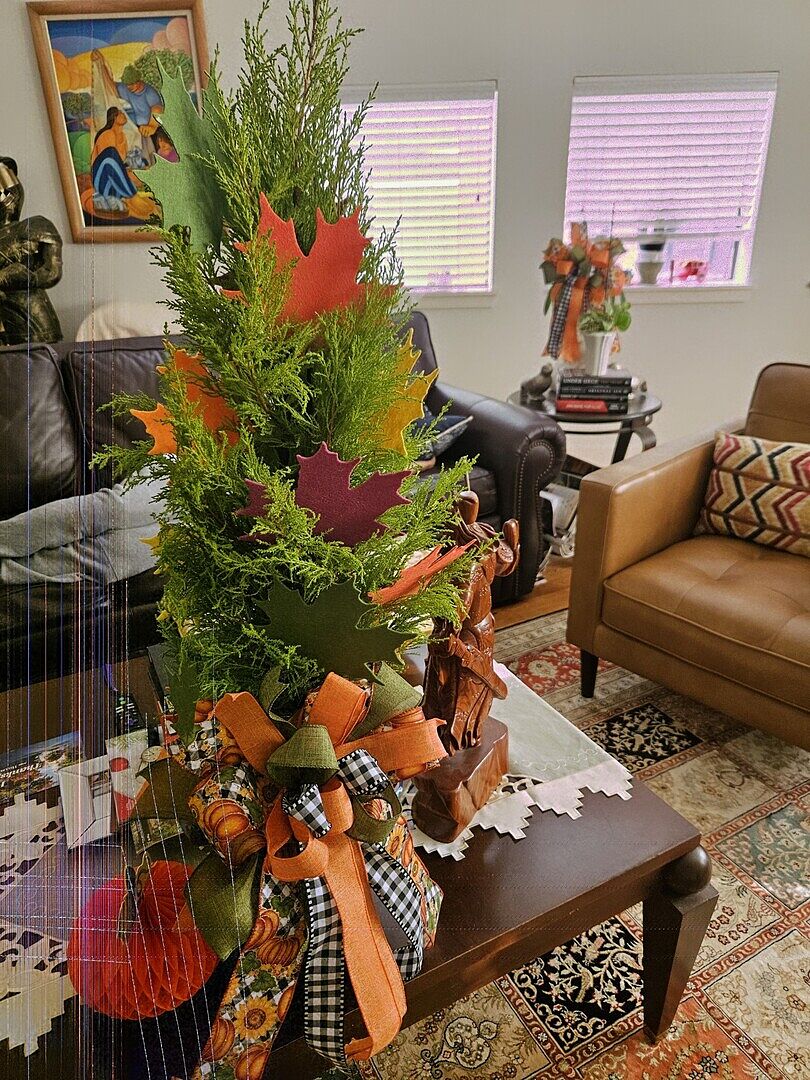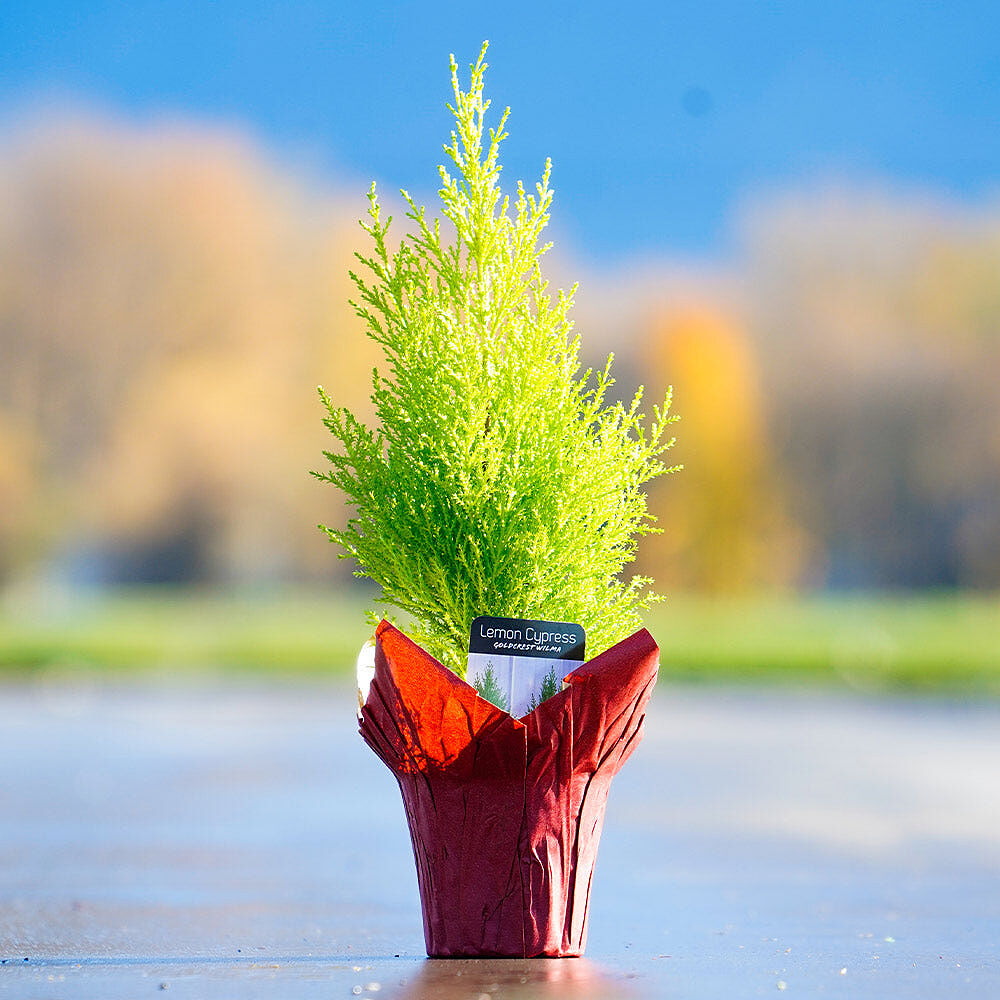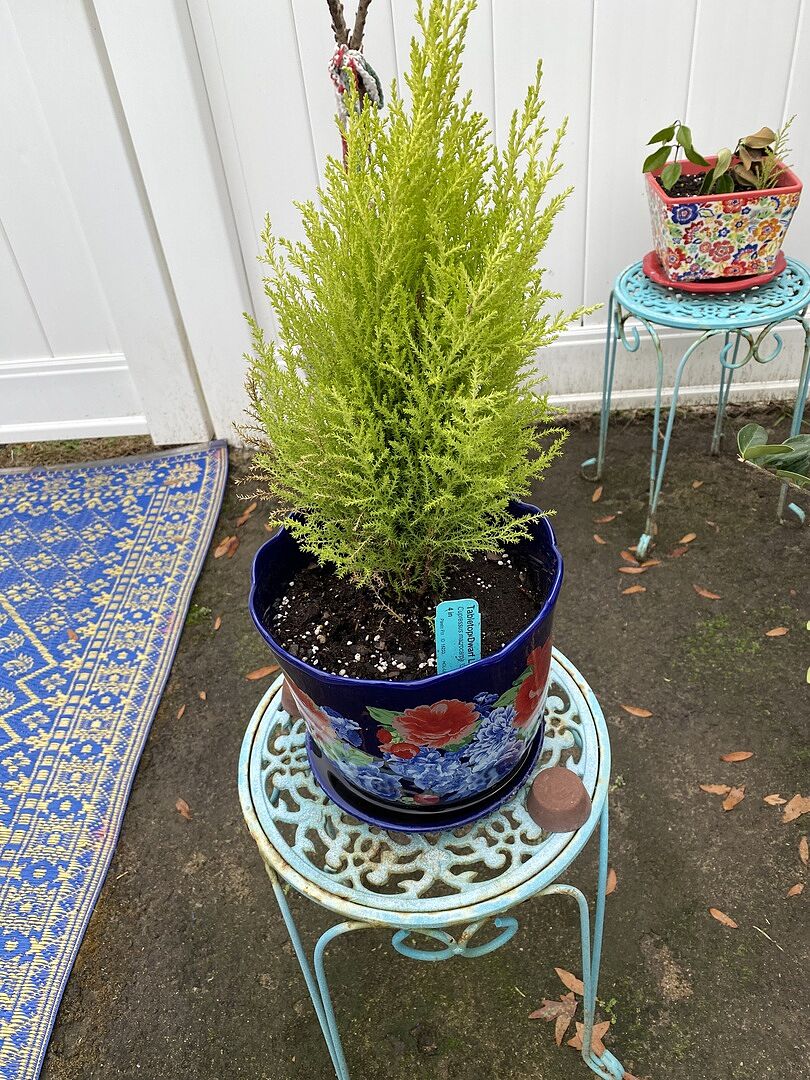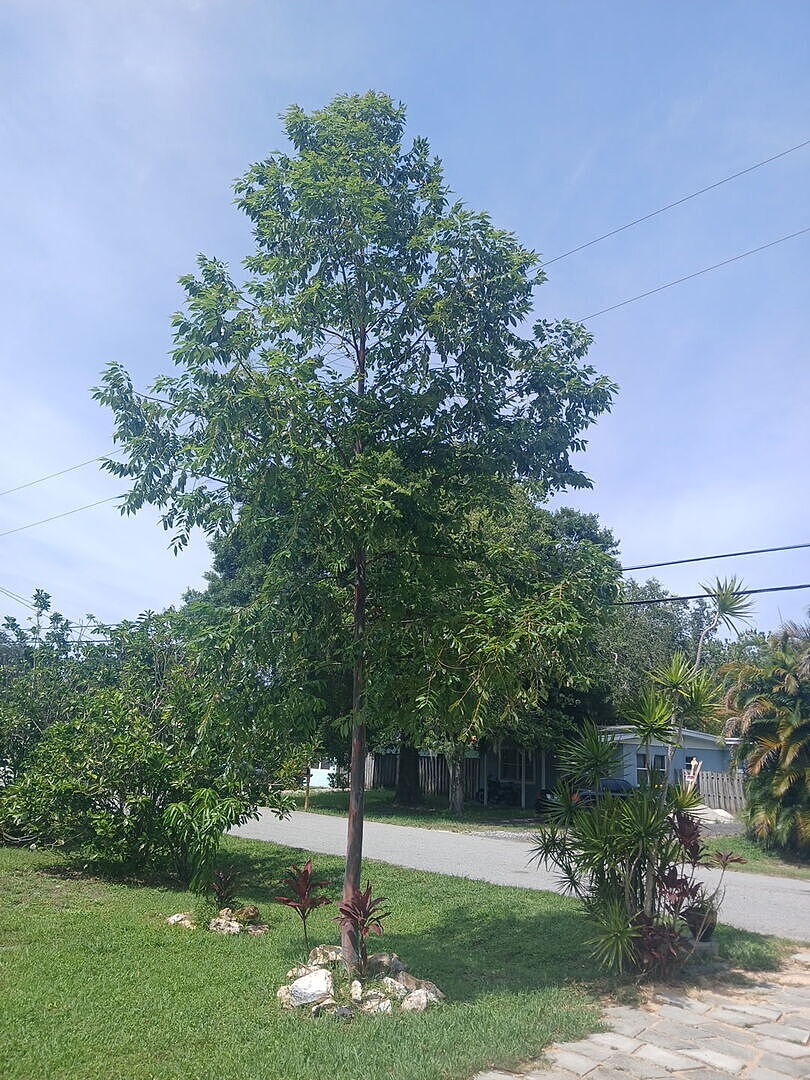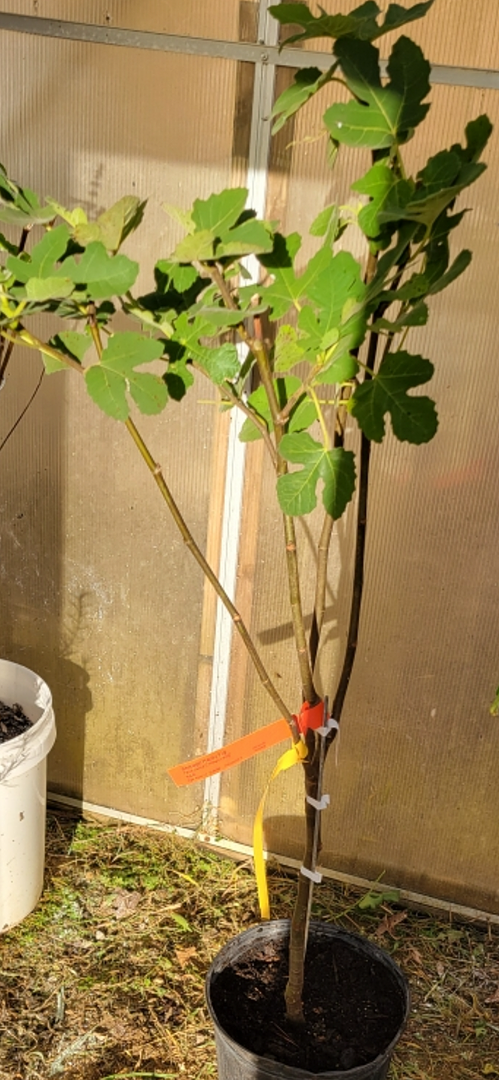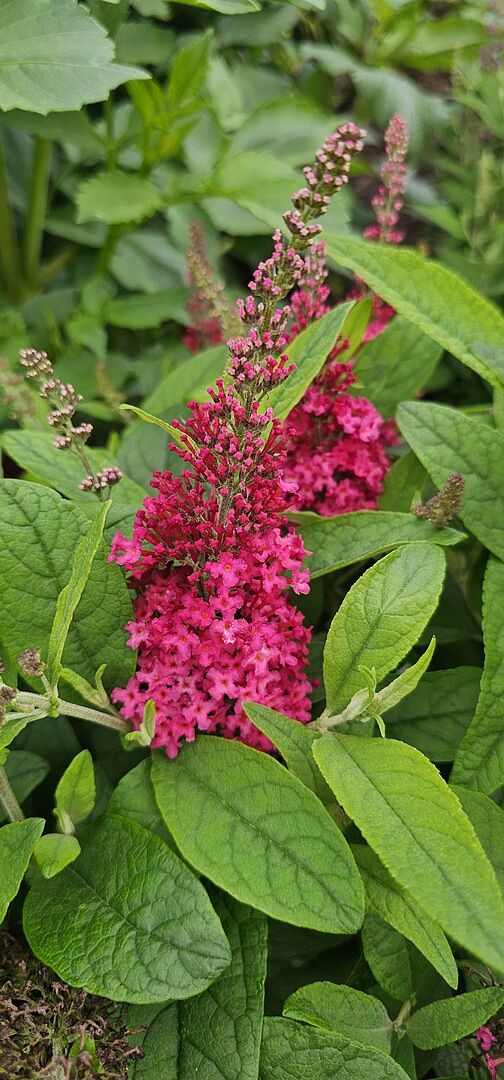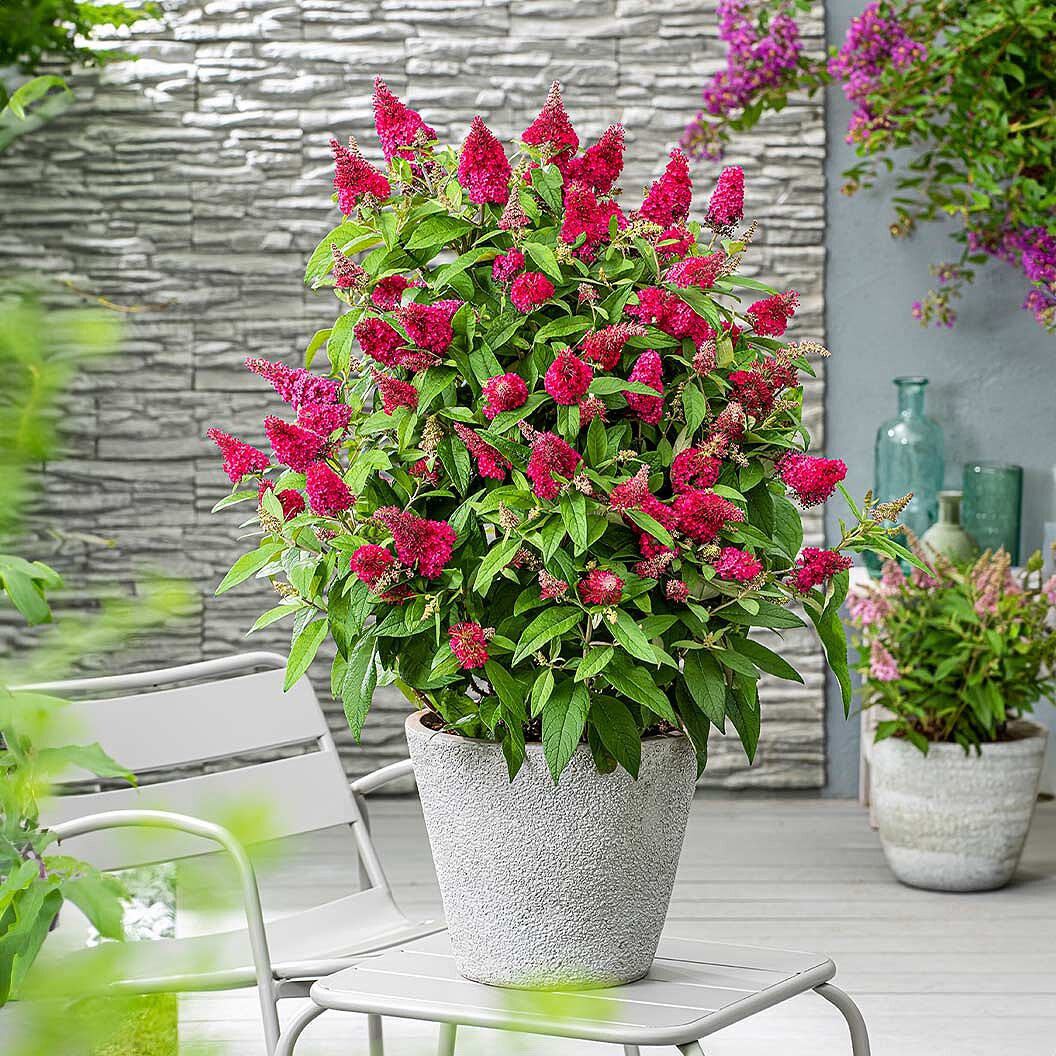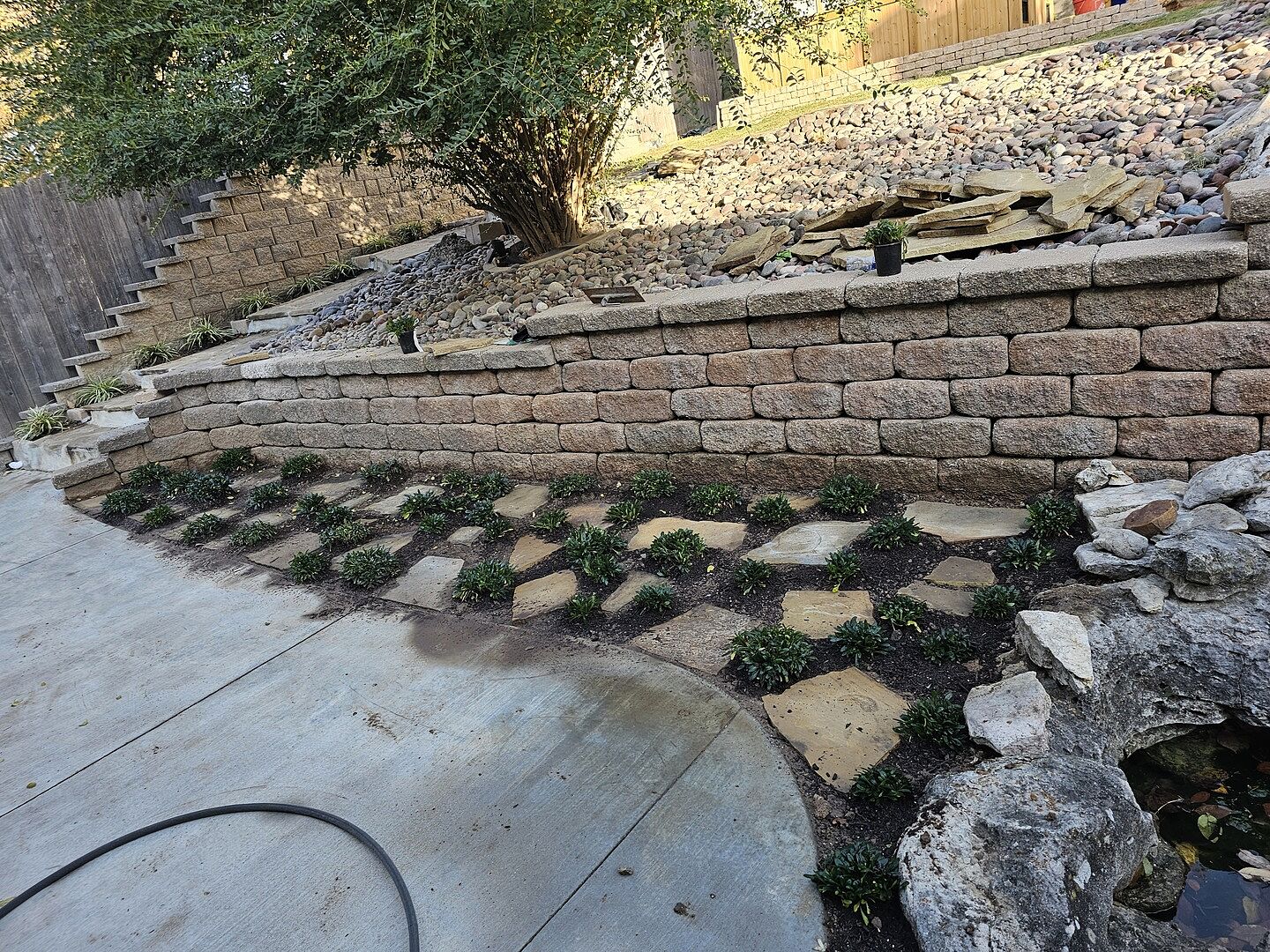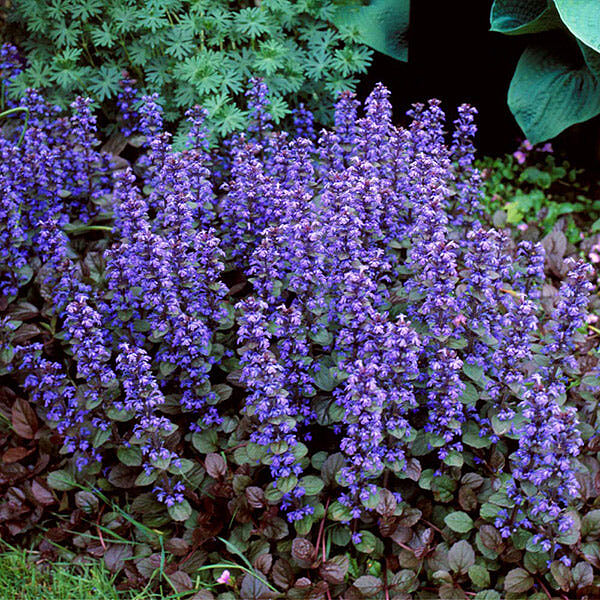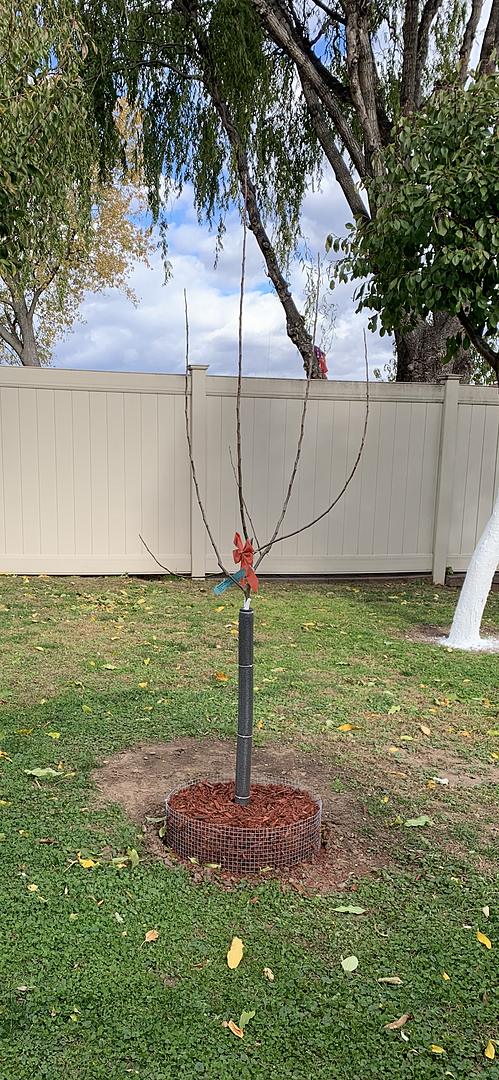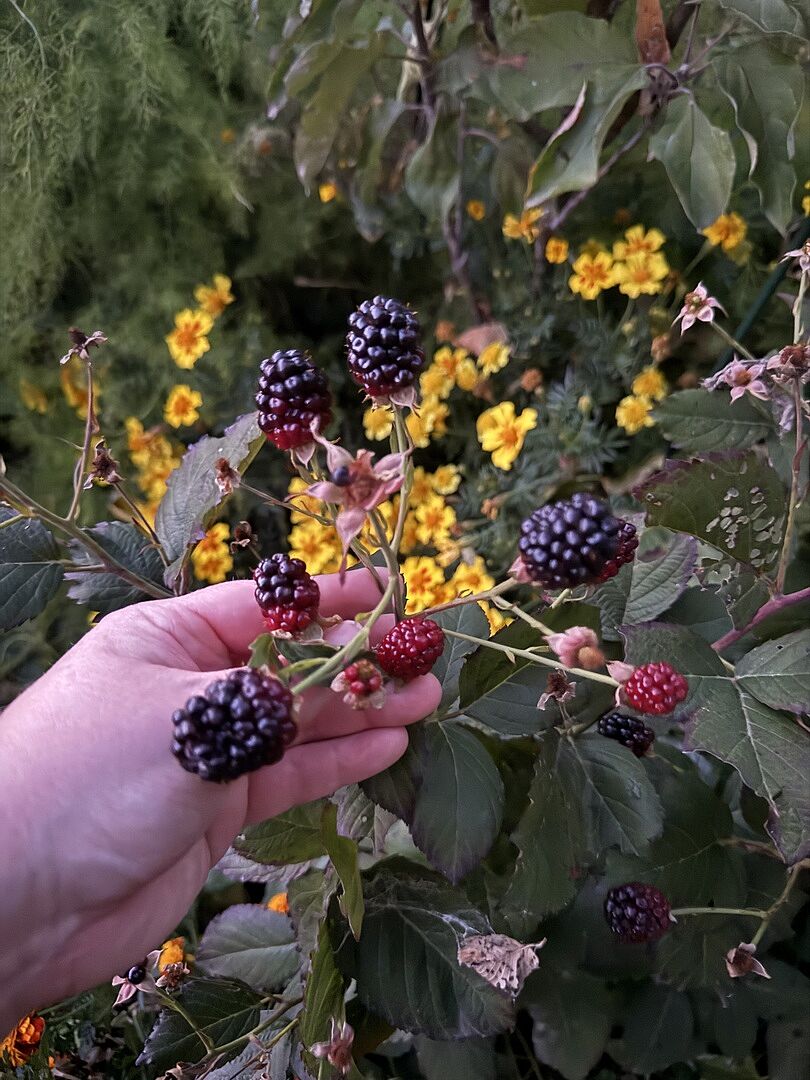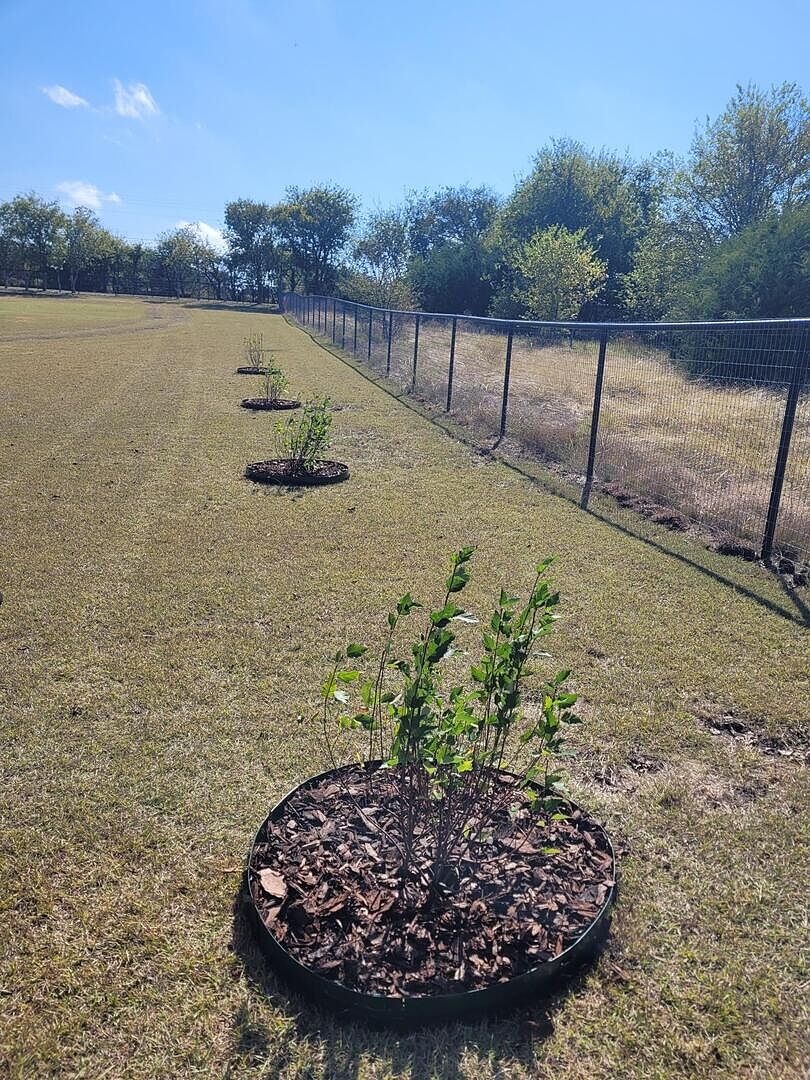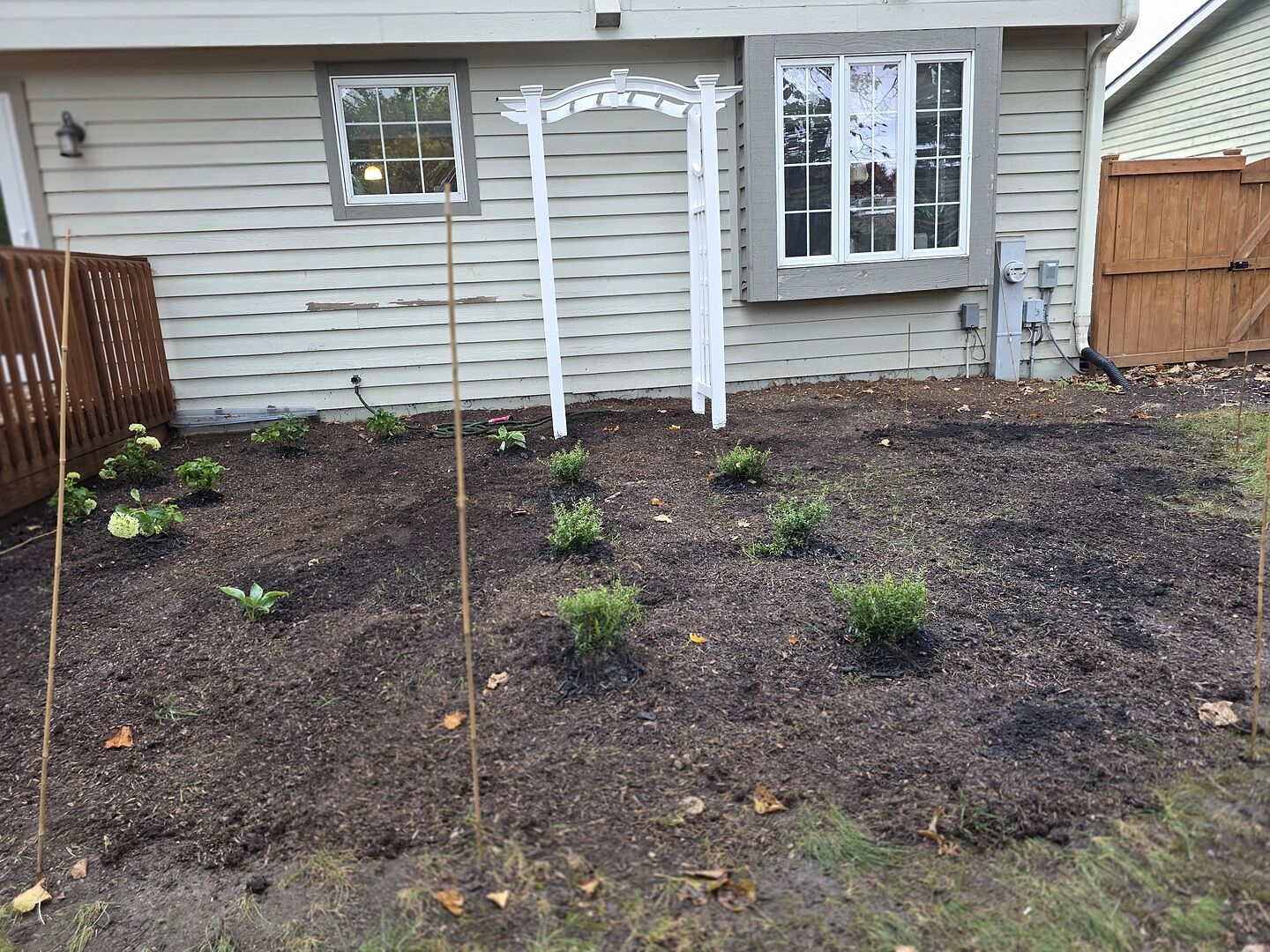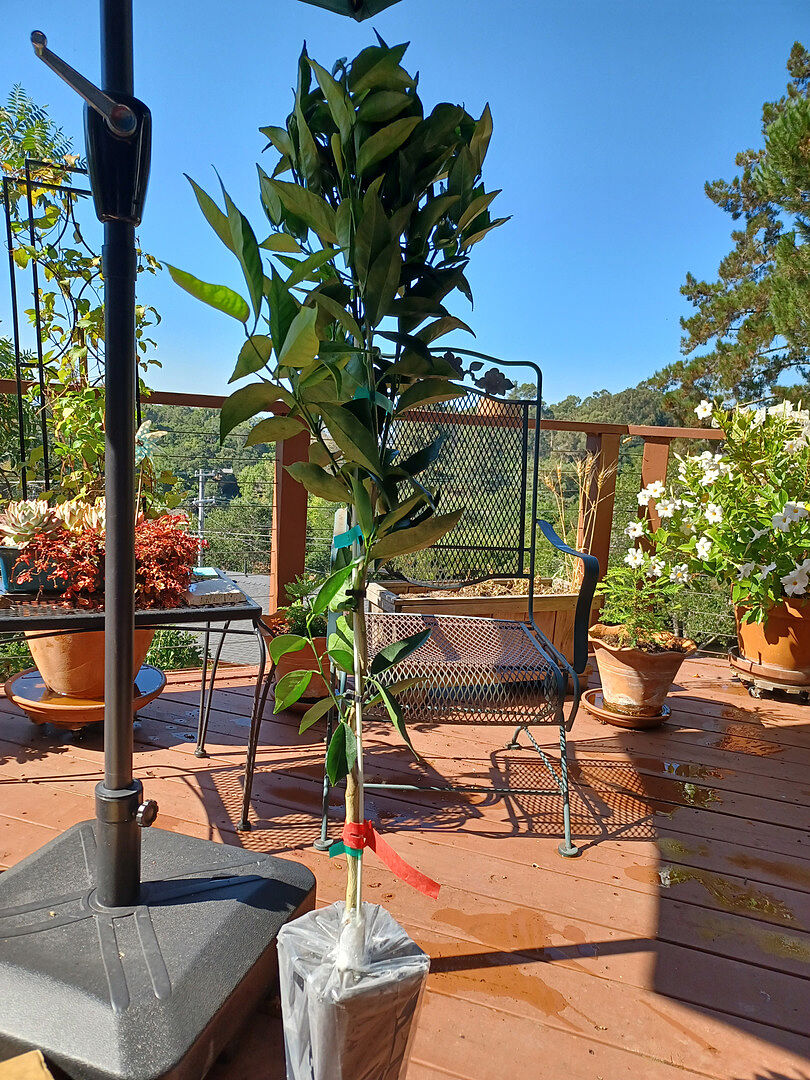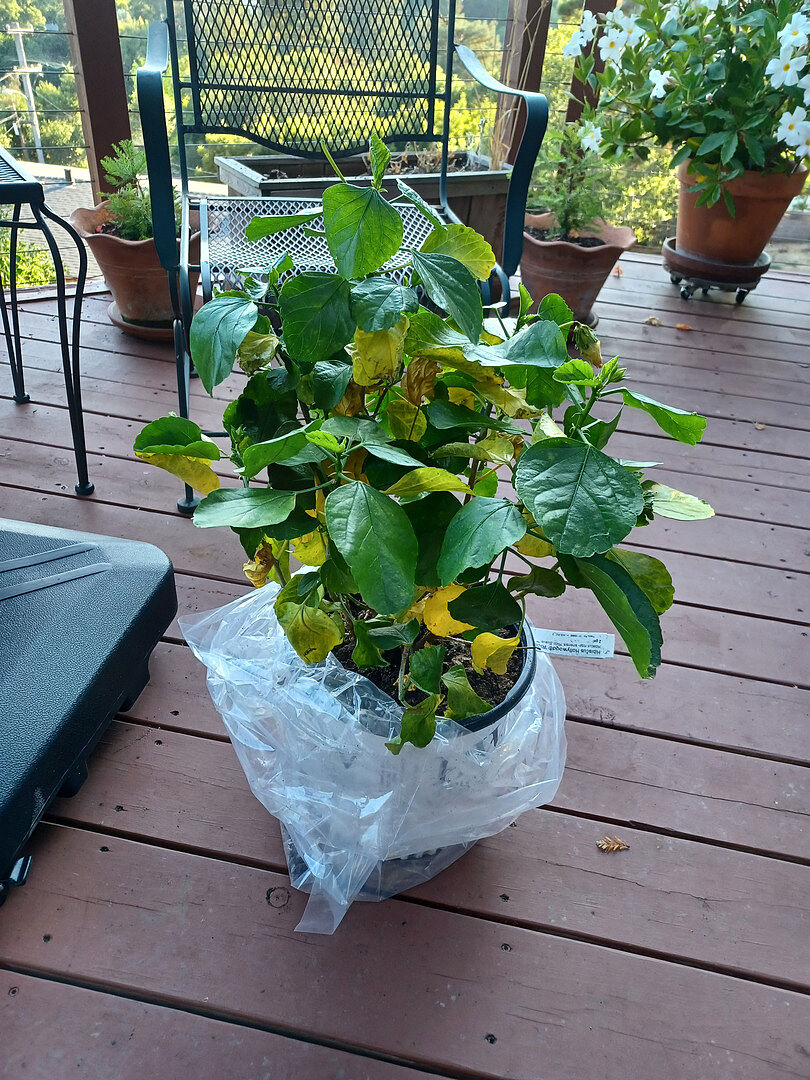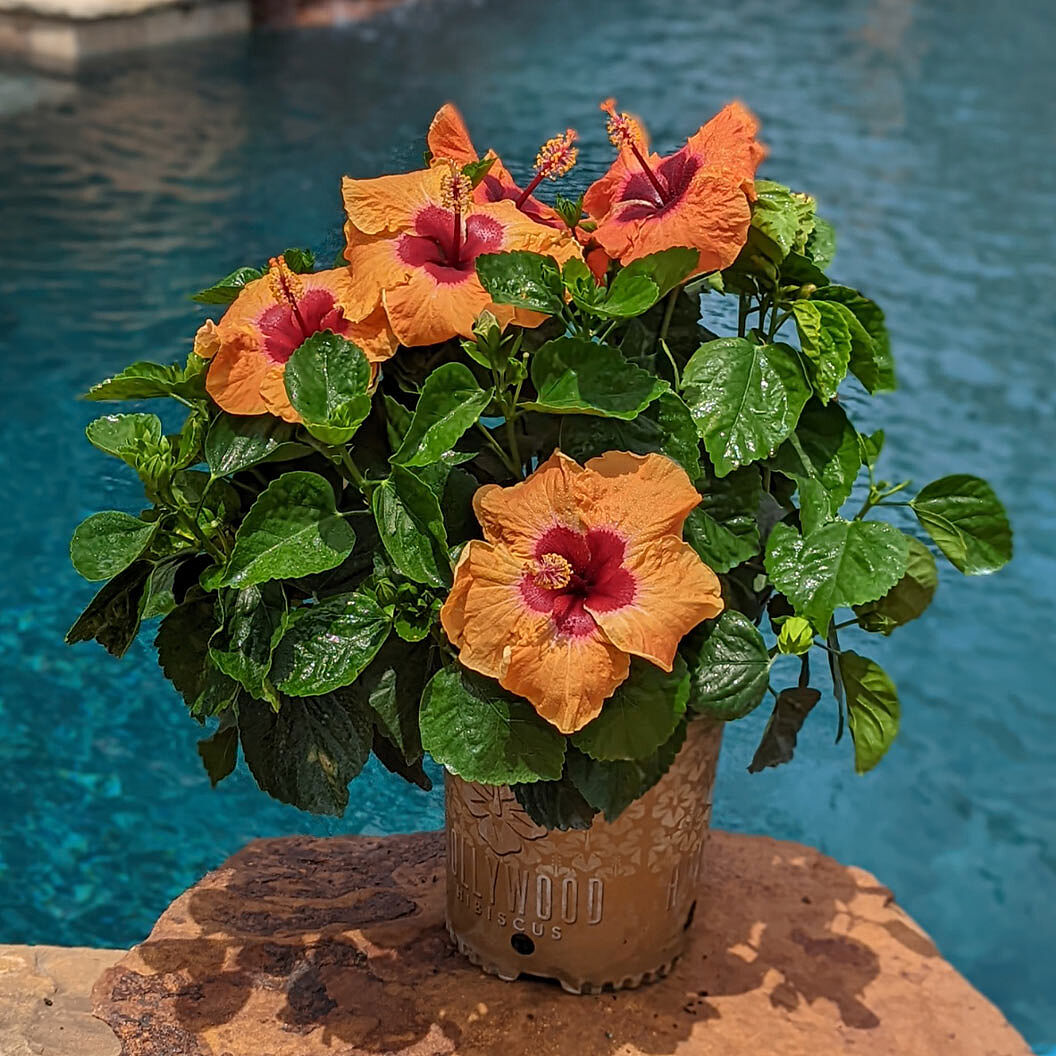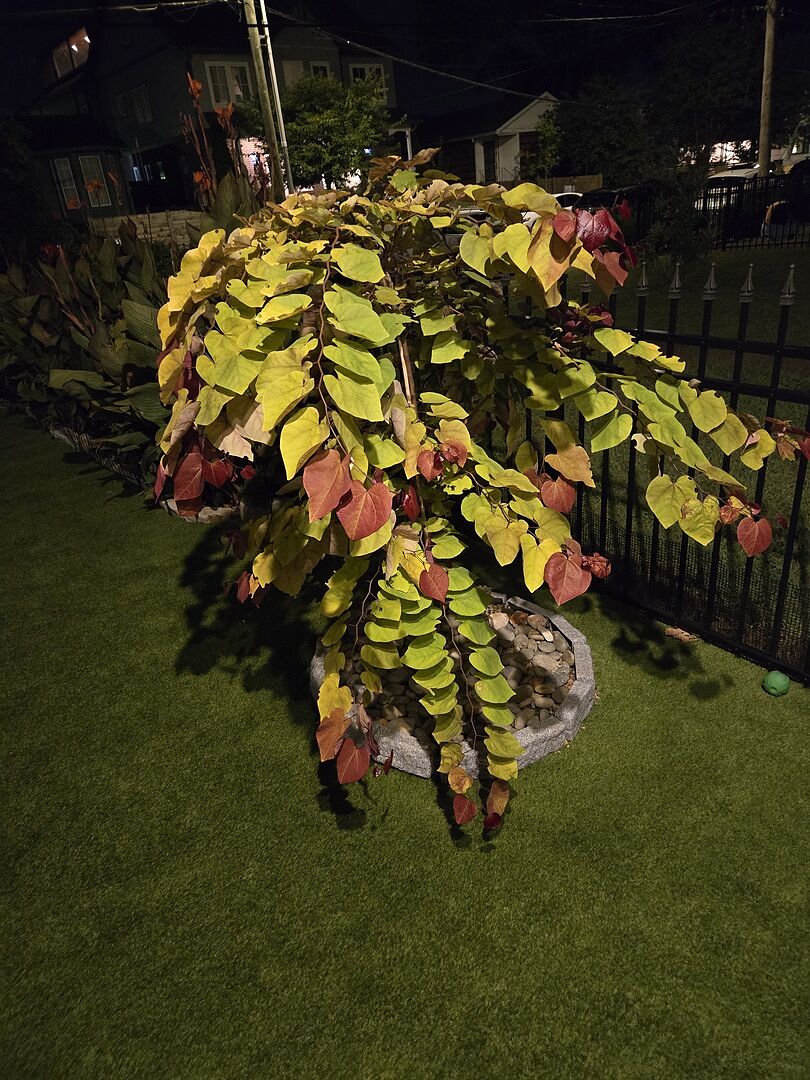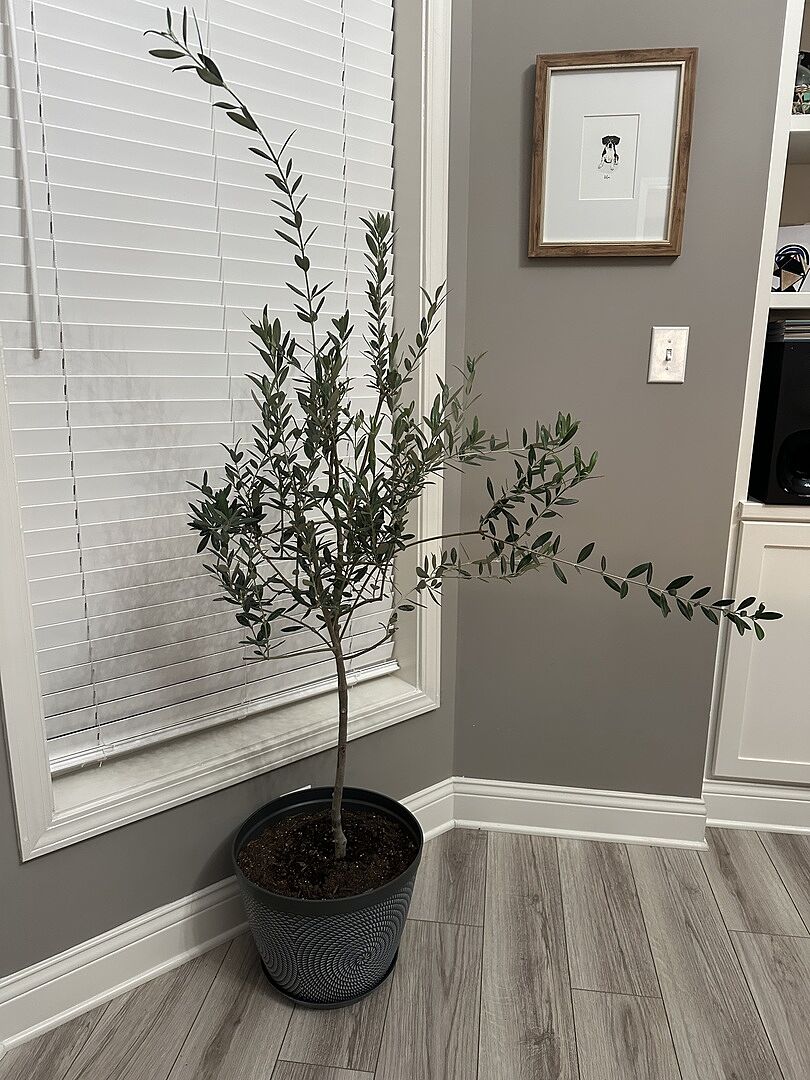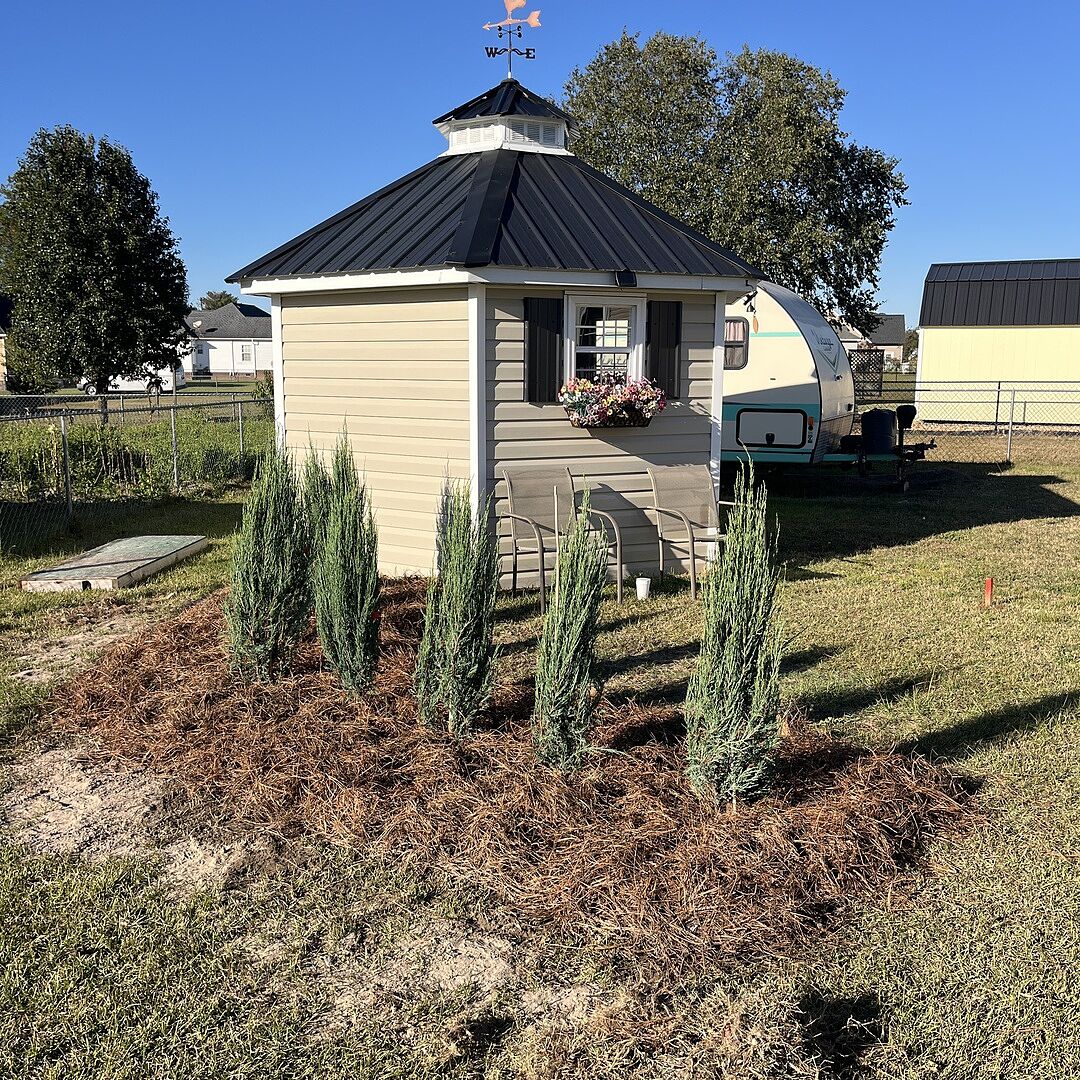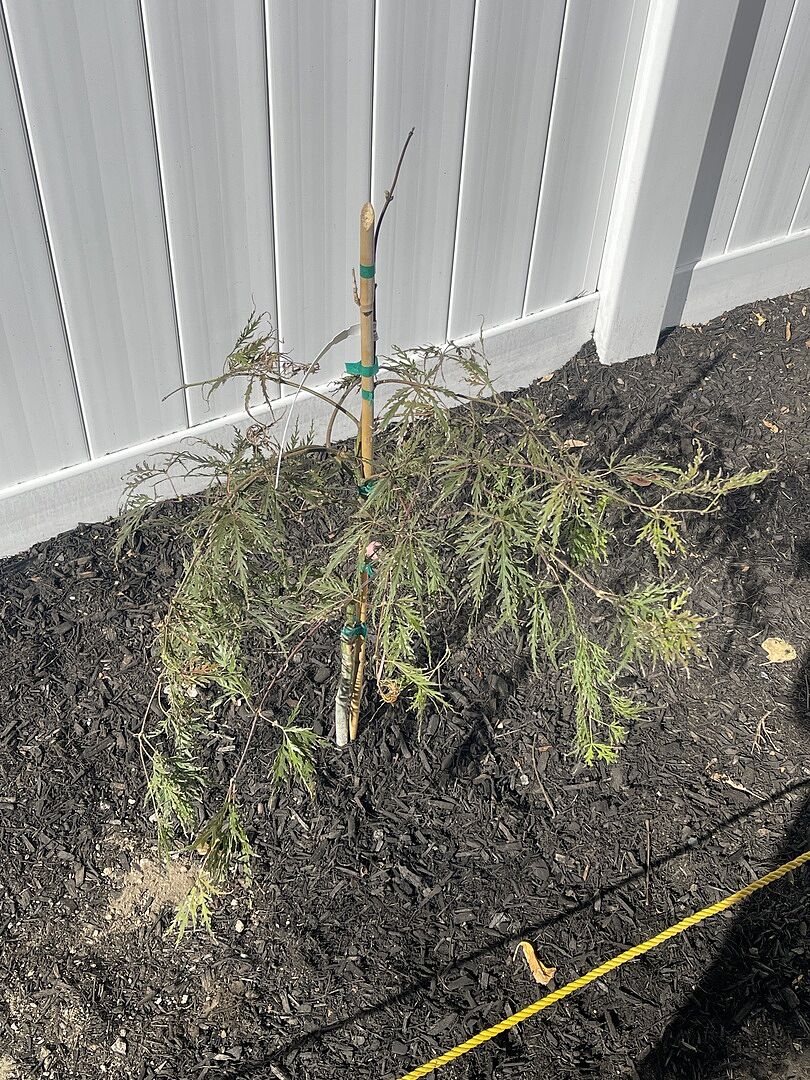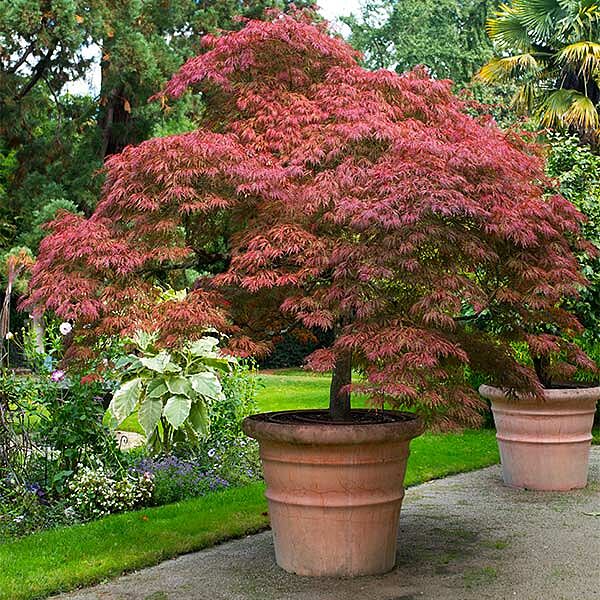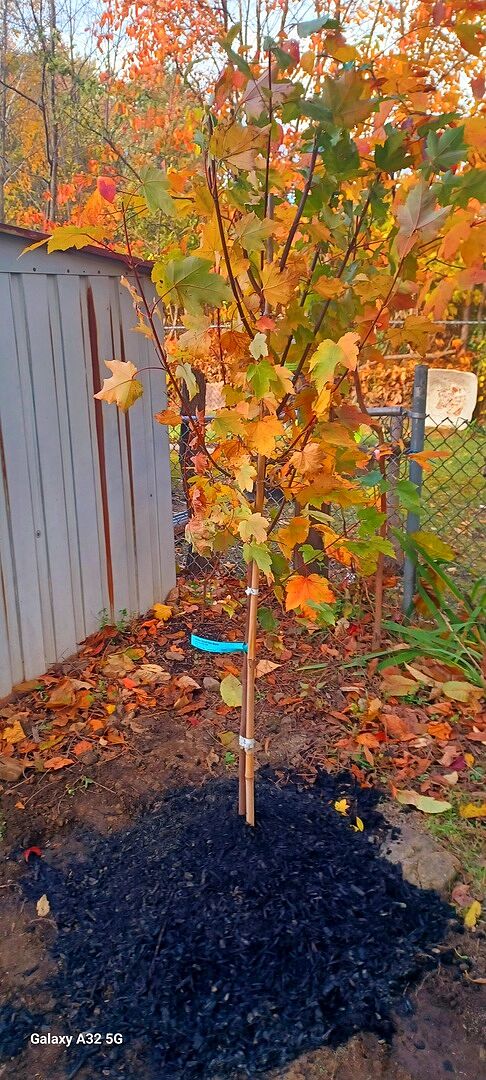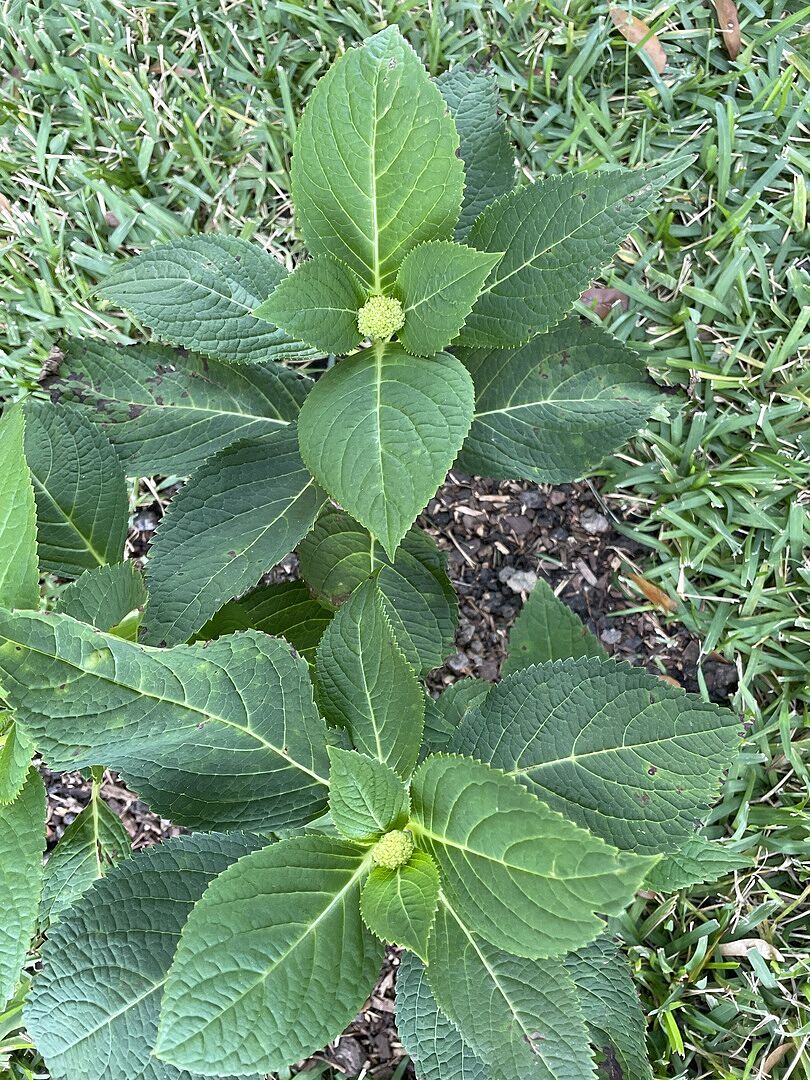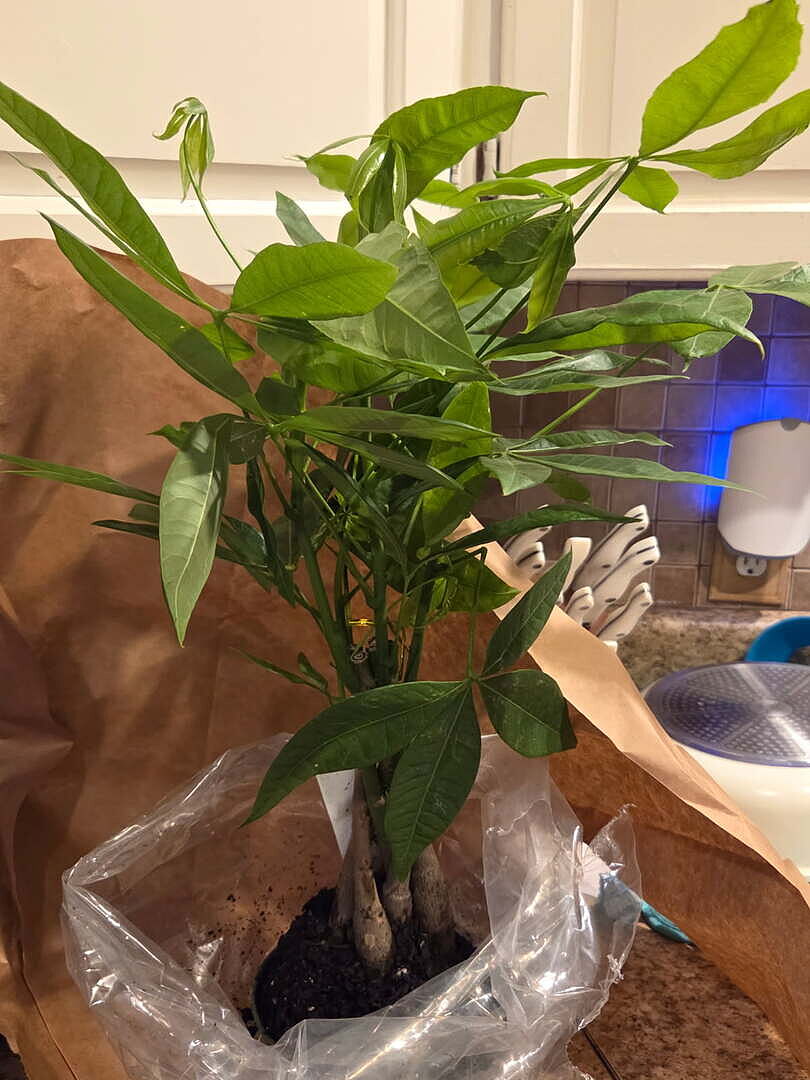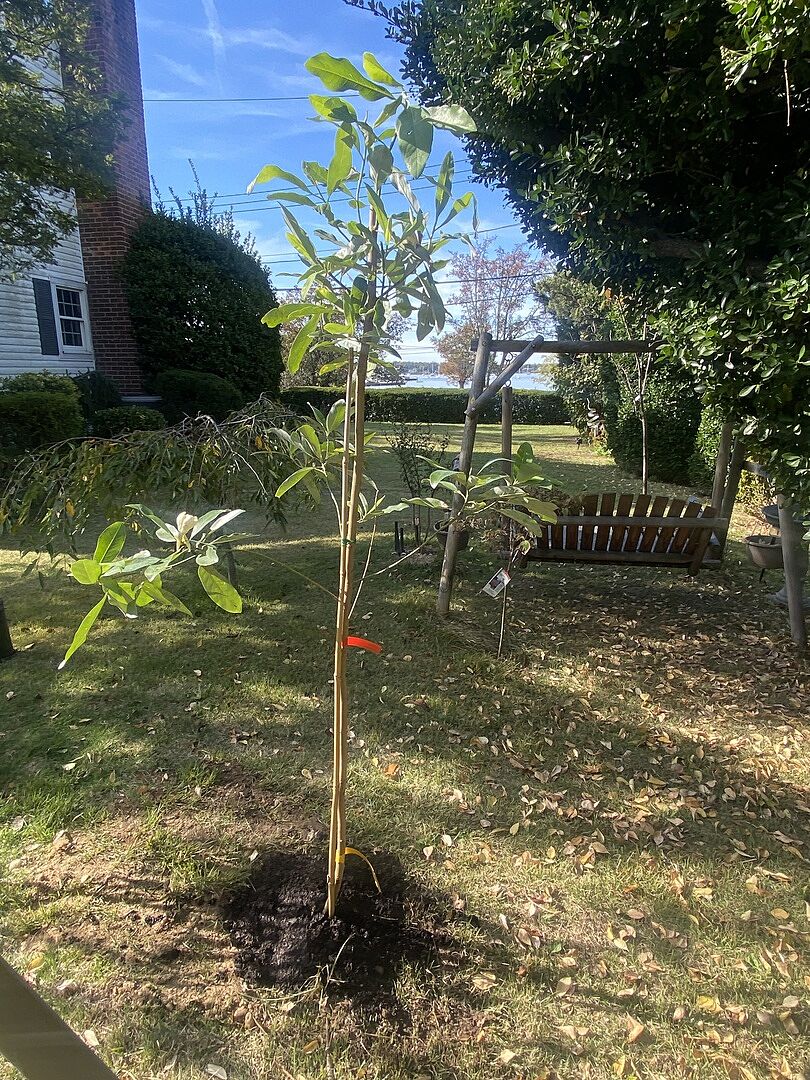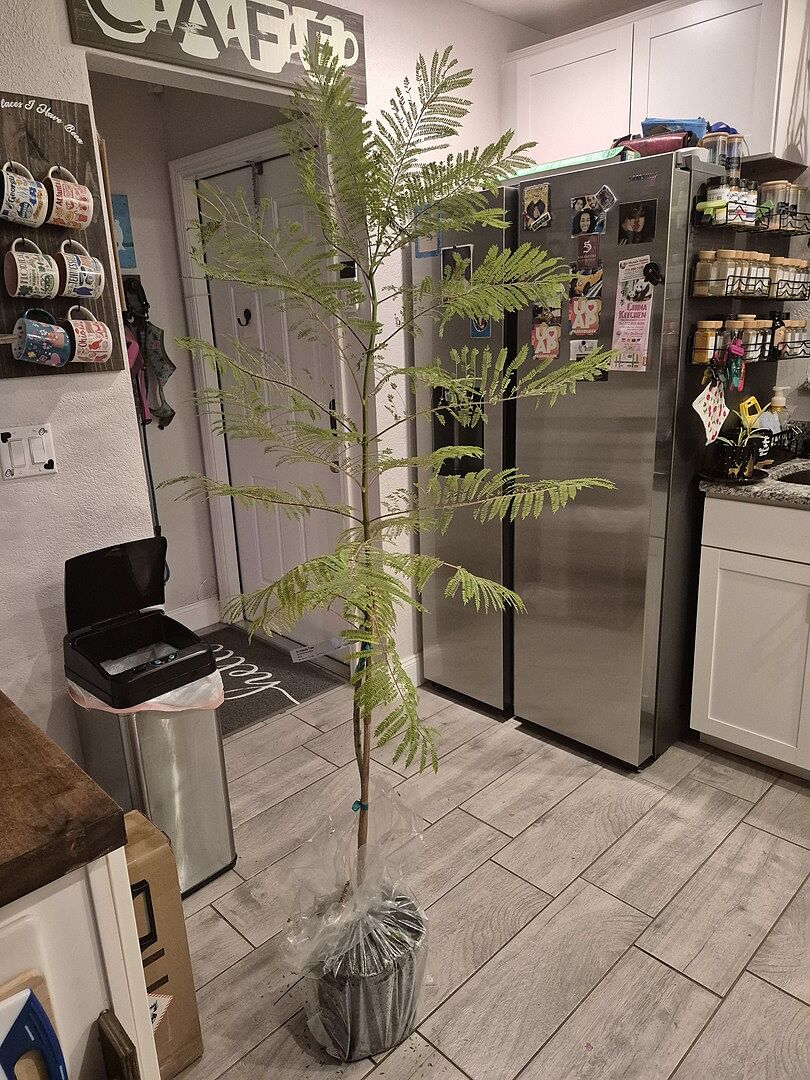Beneficial Bugs For The Garden

Last updated: Jun 15 2022

When you spot a bug, your first instinct might be to jump away or search for a nearby magazine or shoe to kill it, but before you do, pause for a moment. Not all bugs are bad and many actually benefit the garden. But, how do you know which ones are helping and which ones aren’t?
The truth is, it's hard sometimes to even know what bug you’re looking at, let alone what it's doing. So, we’ve created a guide to make it easier for you to unravel the mysteries of creepy crawlies in your garden. Keep reading to learn all about bugs!
Bug Basics
The proper term for a bug expert is an entomologist; however, you don't need to be an expert to understand the basics. Like all living things, bugs are sorted into categories to help us understand the relationships between them. And they each have unique Latin names to further distinguish them, just like plants do.
Bugs and insects may be a term that you hear used interchangeably, but they’re actually different. The term “insects” is the broader category of the two, as all bugs are insects, but not all insects are bugs. So, an ant is a true bug, according to its definition, but a beetle wouldn’t be. To keep things simple, we’ll use the term insect, as it more accurately represents what we’re discussing here.
Insects may look drastically different from one another, but generally, those sorted in the same family will have similar attributes, so no need to stress about knowing exactly which bug you’re looking at. Start broad and use the list below to guide you.
Arachnids

Those in the Arachnid group are more familiarly called spiders. They’ll have eight legs and produce silk that’s spun into webs, providing an easy way to spot them. The common exception to the webbing are ticks, which are in the spider family but produce no webbing. A kind of spider you might see on your plants is called a spider mite.
Coleoptera

Beetles and weevils belong to the Coleoptera family and feature six legs and a hard exterior to their rounded body that splits down the center to reveal wings underneath. Think of a ladybug as a good kind of beetle to have around the garden and a Japanese Beetle as a harmful one.
Lepidoptera

Any insect belonging to Lepidoptera is unlikely to scare you. Butterflies and moths are part of this family and noted by prominent scale-covered wings and a straw-like mouthpiece with a central, elongated body. Next time it gets dark, look to your porch light to see a moth in action.
Orthoptera

The greek roots of Orthoptera translate to “straight-winged” and accurately describe the grasshoppers and crickets that belong in this family. They all have hard bodies, antennae and wings that lie straight back against their bodies with prominent back legs for jumping.
Hymenoptera

The Hymenoptera family tree is vast, containing ants, bees and wasps. While there are distinct differences between them, they do have similarly divided bodies, wings and the ability to sting, which is why most of us are very familiar with this group already.
Diptera

Home to the flies, mosquitoes and gnats, the Diptera group is often known as the most annoying. All will have two translucent wings with the ability to bite, but not all will go after you. There’s over a quarter of a million species that belong to this family and they vary widely.
Again, don't worry about specifics and knowing exactly which exact kind of insect you have. As long as you know the general category, you’re off to a good start when it comes to figuring out if the insect is helping or harming you and your garden.

Importance of Insects in the Garden
Insects do so much for us, so take notice! Everything from the air you breathe to the food you eat is made possible, in some part, by the world of insects living outside your door. Once you find one, you’ll often start to spot others nearby.
Some of the functions that insects carry out in the garden include:
- Pollination of plants and responsible for the production of fruits
- Regulating pest populations within the garden
- Increasing biodiversity that directly affects the ecosystem by making it stronger and healthier
- Decomposing old organic matter into usable material for plants to use
Next time you’re in a garden that seems to be bursting with life and growing happily, look for the insects that make it possible!
Insects vs. Pests
The difference between an insect and a pest is largely dependent upon whether it’s creating a problem in your garden. A pest is just an insect that’s unwanted in a space and causes damage. Another way to understand is to compare pests to a weed. All weeds are plants, but it only turns into a weed when it’s unwanted in a space.
The kinds of insects you’ll find nearby is largely dependent upon the area you’re living in too. Pests on the east coast can vary greatly from the ones on the west coast. If you’re new to an area or not sure where to start, check out this website or ask a local expert or your extension service to learn more about the specific insects and pests in your area.

Helpful Insects to Keep Around
Beyond your helpful bumble bee and friendly butterfly, what other insects should you keep around and what role do they play in your landscape? Here's some key insects you'll want to fill your garden with!
Ladybugs or Ladybirds
No matter what you call them they’re a good guest to have in your garden. Ladybugs will feed on aphids, caterpillars, mealybugs, scale, and thrips. Be on the lookout for bright yellow eggs on the underside of leaves and the molting stages of ladybugs so you don't accidentally mistake them for something else!
Spiders
We don't blame you if you don't want to get too close to see what kind of spider you might have, but there’s a good chance that spider is doing you a favor. The great news is that most spiders, while on your plants, don’t bother the plants at all, and are just there to get close to their food, which is other insects. Spiders aren’t picky in what they eat, and so while a few good insects might fall prey, the benefits far outweigh the costs.
Butterflies
Butterflies aren’t only beautiful; they’re so helpful. If you can stand having some caterpillars munching on your leaves, you’ll soon find that making your space friendly to butterflies will attract other helpful bugs like bees and ladybugs. Butterflies also assist with pollination in their own right with specialized mouthparts for flowers that other insects can’t reach.
Bees
Bees should come as no surprise on this list. Around one third of the food consumed in the world is directly attributed to bees going from flower to flower. Keep the bees around and plant flowers to help them out, and your plants will thank you!
Wasps
It's a good idea to keep your distance from a wasp, but please let it do its work uninterrupted if you can! Beyond just being a great pollinator to have around and eating aphids and other small pests, some wasps lay parasitic eggs inside of a host that prevents bad bugs from reaching maturity.
Green Lacewings
These may not look that menacing, but don’t think they don't pull their weight. Green lacewings are true predators that feed on mealy bugs, mites, whitefly, aphids and thrips just to name a few, making them valuable to have around!
Hover Flies
Depending on where you grew up you might know these by another name or not recognize that they’re different from wasps since their bodies are shaped very similarly with yellow and black stripes. The adults help pollinate plants, while the young feed on aphids.

How To Be Insect Friendly
- Stop with all the sprays. Insecticides kill insects and cannot tell between the good ones and the bad ones. While they certainly have a place in the gardening world, try avoiding the overuse of them in your garden and try to incorporate good insects that will push out the bad ones.
- Plant native varieties amongst your landscape. Having a small patch of wildflowers next to your vegetable patch or fruit trees will do a world of good.
- Don't cut back your garden too early. Let the leaves get droopy and leave some brush. Many insects need this protected habitat to complete their life cycle.
- Cater to their needs! If you want to see some butterflies, plant milkweed and other nectar plants to attract them. For bees, use coneflowers and bee balm in your landscape. If you want to attract a certain kind of insect, learn what plants will invite them in.

Keep your eyes open! Insects are everywhere, especially when you start to look for them. Try to find some you recognize and some you don’t and take a moment to observe them before you act. It might sound backwards that as a gardener you would want to invite insects into the garden when there’s so much telling you to keep them out.
However, as many great gardeners already know, the secret to a healthy and productive landscape is the insects that you invite in. Encouraging good insects to stay will benefit your entire landscape no matter what you’re growing and keep out the insects you don't want. Know that while you’re cultivating plants, you want to also cultivate the microorganisms and insects that will keep your garden growing!
To keep learning, check out our articles on Planting a Pollinator Garden and Planting a Bee Garden, as well as our category of plants that attract wildlife!

Written by
Meredith Gaines
Meredith's love for plants started at a young age, and only grew when she started working in the Desert Exhibit at the South Carolina Botanical Gardens and the Historic Filoli Estate in the Bay Area. After graduating from Clemson University (GO TIGERS!) with a degree in Biology and Horticulture, she found her niche in the FastGrowingTrees.com family as a horticulturist and has grown in her current role as Senior Plant Expert.
She currently resides in her hometown of Charlotte, North Carolina, and enjoys spending any time she can outdoors. She learns new things about plants every day and loves sharing her plant knowledge and tips with those around her. Her favorite plant is constantly changing, but her long-time favorites are peonies, oak trees, and ferns.
Featured Product

Thuja Green Giant Arborvitae
3108 reviewsStarting at $27.95













